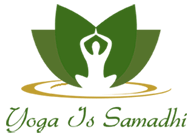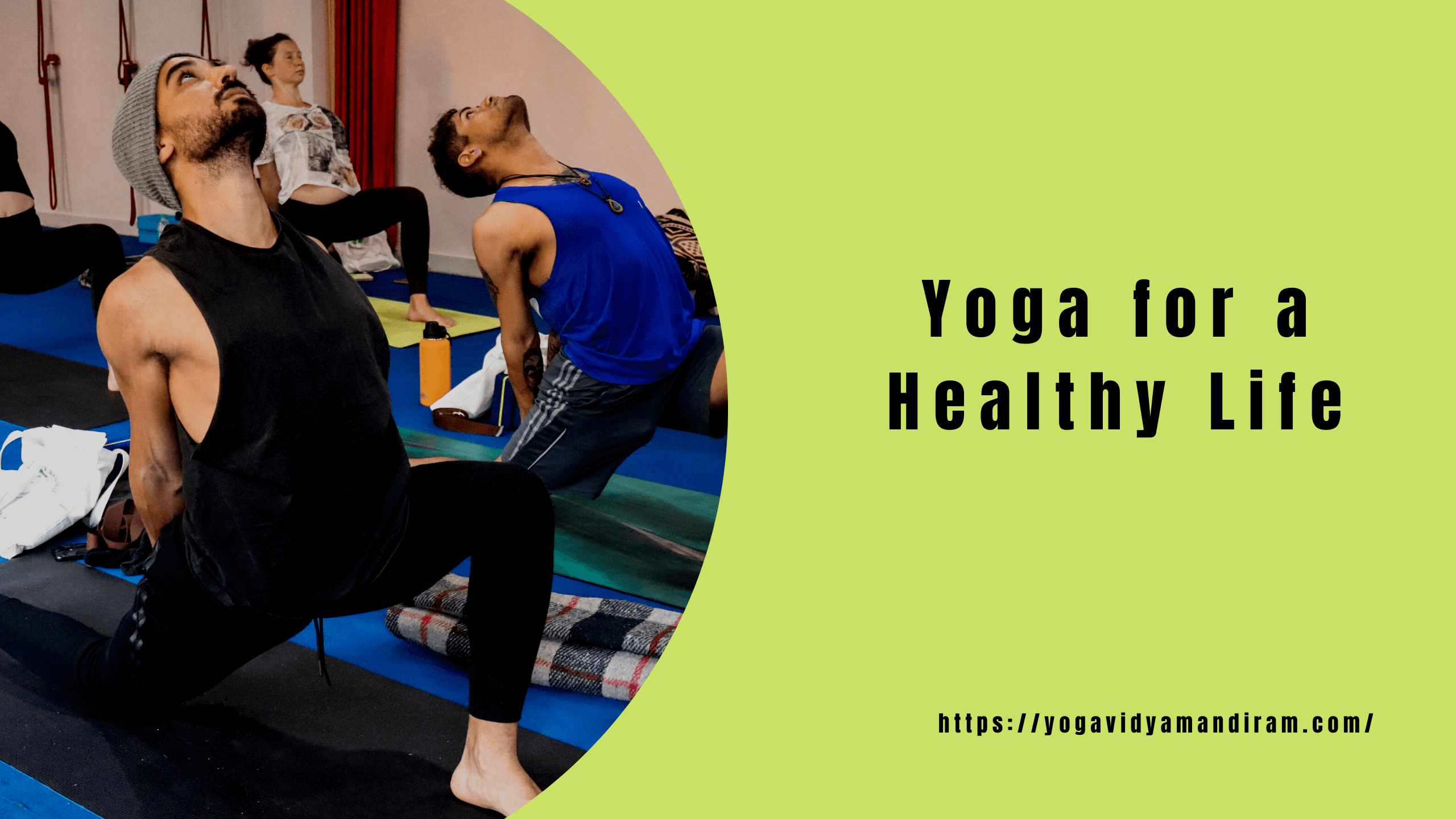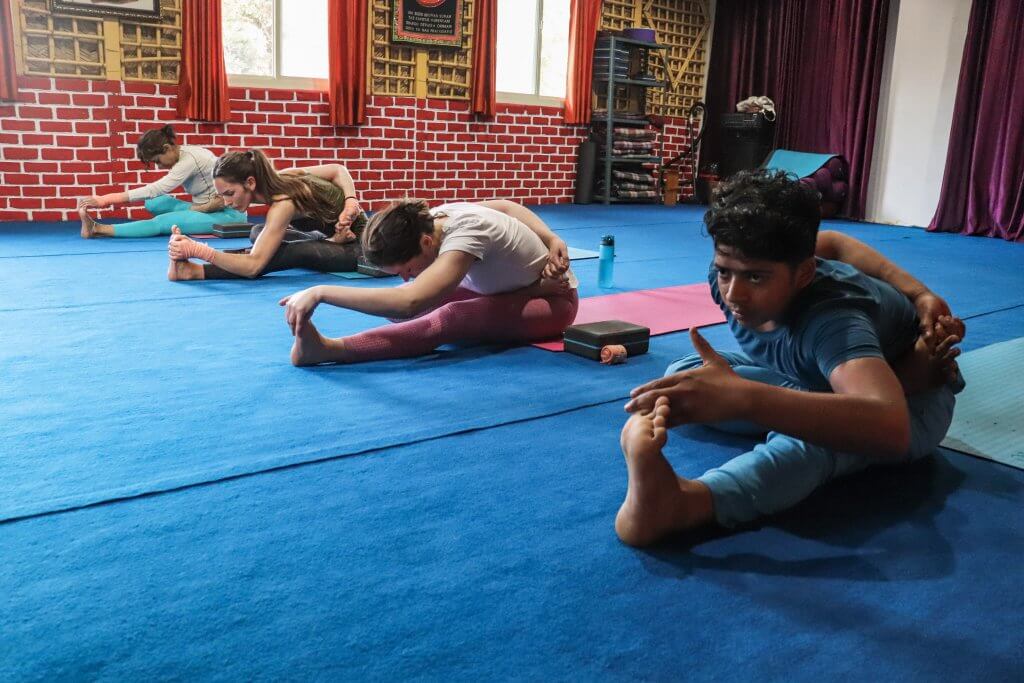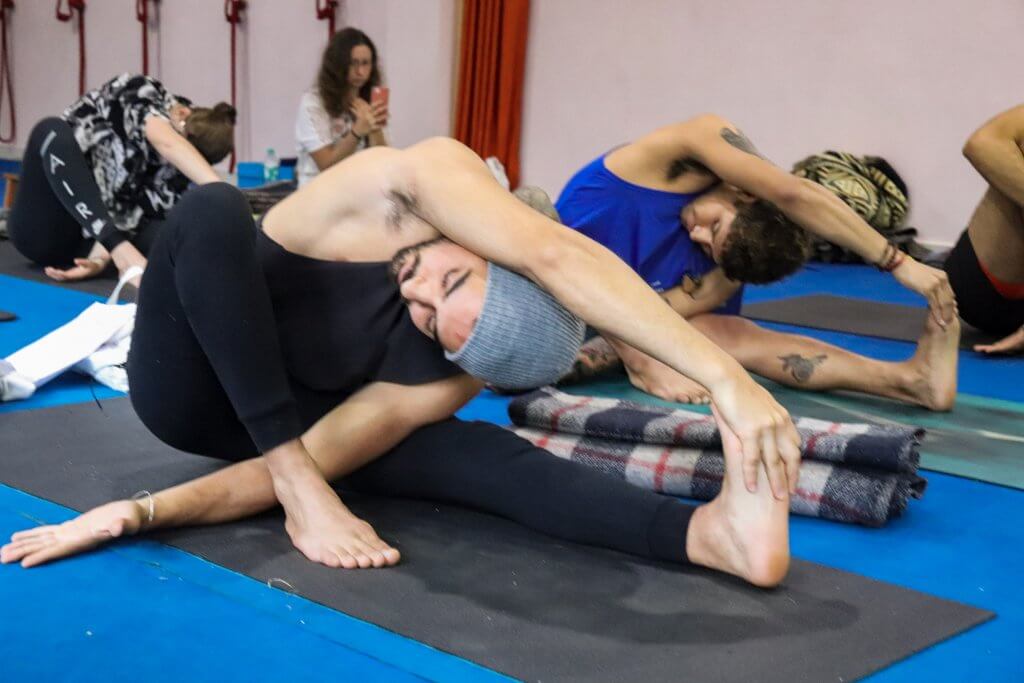Modern advances in science and technology have increased life expectancy of the average person. But even so the process of aging cannot be stopped. Many people today are able to live well in to their 70’s, 80’s, even 90’s, but does the quality of life sustain? Often times as age increases so does the reliance on pharmecueticals, invasive surgeries, and supportive care from others.
Many ancient texts speak of the ability to avoid death through following the practice of yoga. While this may not be possible for every person, the inclusion of yoga practices can improve the life of everyone.
The body wants to stay alive and it wants to heal itself. Yoga attunes the body to be capable of utilizing its natural ability to sustain life. There are many types of yoga practice, enough for everyone to reap its benefits in their own way.
Yoga focuses on breath, body and mind connection; it creates awareness. Once you are aware you are able to adjust and live life with ease. One of the biggest destroyers of modern life is stress. Stress is a response from the nervous system and can be so subtle that you may not even realize you are stressed until it is too late.
Some signs of chronic stress can be:
- Poor digestion
- Loss of hair
- Issues sleeping (i.e. sleeping too much, or too little)
- Anietxy
- Depression
- Anger
The body developed a stress response, an activation of the sympathetic nervous system (fight or flight response), as a way to avoid danger. When functioning correctly this response is very helpful, it can alert you of a threat and allow you to take action in a fraction of a second. But our bodies have not eveolved to manage the percieved “threats” present in modern society. The ping of an email at the end of your work day, the noise of traffic as you sleep, the crowd you navigate through on your way to meet friends, etc.
Living in today’s world means that your body is on alert nearly non-stop. Subconsiously you are braced for an “attack” most of the time, this build up of tension can have devastating effects on the health. In contrast, yoga works to activate the parasympathetic nervous system (rest and digest response) and to cultivate a healthy stress on the body (eustress) which helps teach the nervous system how to regulate itslef better.
One of the easiest ways to access the parasympathetic nervous system is through the breath. By a simple practice of focusing on the breath our mind is able to quiet itself and the body can begin to direct its energy resources more efficiently. From this calm state of being you can begin introducing practices which stimulate the sympathetic nervous system in a way that allows it to function in a healthier way. Instead of turning on and staying on it can now be controlled, only activating when it is needed and lying dormant otherwise.
Yoga also manages or prevents many health conditions that contirbute to a decline in overall health.
- Heart disease
- Diabetes
- Arthritis
- Memory loss
- Obesity
With the regualr practice of yoga the whole life condition is improved – yoga being a holistic lifestlye practice combining diet, exercise, breathwork and meditiation.
“It (yoga) is not about exercise but to discover the sense of oneness with yourself, the world a nd the nature. By changing our lifestyle and creating consciousness, it can help in well-being.” Narendra Modi, UN General Assembly, September 2014.
Food Awareness
One of the biggest tasks our body undertakes each day is eating and digestion. For many people food occupies much of the mental energy, and there is a lot of confusing information about what, when and how to eat. In yoga there are guidelines for proper diet, generally being vegetarian, eating with moderation and maintaining the balance of the doshas (bodily constitutions). But, overall the most important practice is to eat consciously. Choose food that nourishes the body and consume it with awareness. Likewise pay attention to your digestion and work to maintain regularity between input and output.
Cultivating awareness requires that you take time to be with yourself. Meditation is the key to self understanding. Meditation helps clear excess thoughts from the mind and creates focus. With this clarity of thought you will be able to better navigate the ups and downs of life. There are many meditation techniques and you can explore which works best for you.
Some options are:
- Yoga nidra – a guided meditation, usually taken from savasana (corpse pose).
- Japa mala – meditation reciting mantra, using a string of mala beads to keep count (a typical mala has 108 beads).
- Dynamic meditation – this is done by incorporating various movements and sometimes music with meditiation.
- Seated meditiation – the most recognizable form of meditation taken from a seated position, usually with a focus on the breath.
Sitting for meditation can be one of the biggest obstacles in reaching a state of stillness. Our bodies are not accustomed to sitting upright with nothing more than the spine for support. So much of our lives today are spent hunched over this or that device, or sitting with poor posture that it has become habitual for the body. Yoga asana (posture) can help correct these imbalances. Through the physical practice of asana the body is trained to become reilient to disease and to find and fix any problems quickly. Over time you will find that the posture is naturally improved and life is approached with ease.
Conclusion
In addition to the many physical and mental benefits a yoga lifestlye provides it also gives the practitioner a community, a purpose and a sense of confidence. Lonliness is a major factor in health decline, especially as we age. Surrounding yourself with a community of yoga practitioners creates a supportive envirionment of people who are on a happy, healthy life path. Having a sense of purpose in life is vital. Many people find this through work or family, but those things are external and impermenant. Yoga can be practiced from birth to death and facilitates a relationship with your highest self. It is the best practice for a helthy life!





Pingback:Hatha Yoga Posture (Visible Ladders to Samadhi)